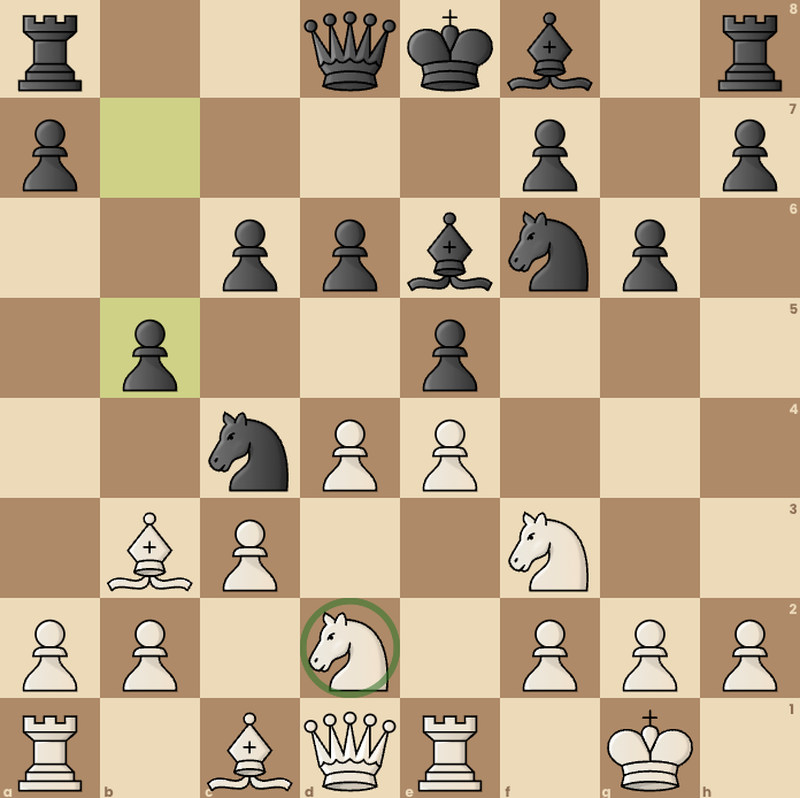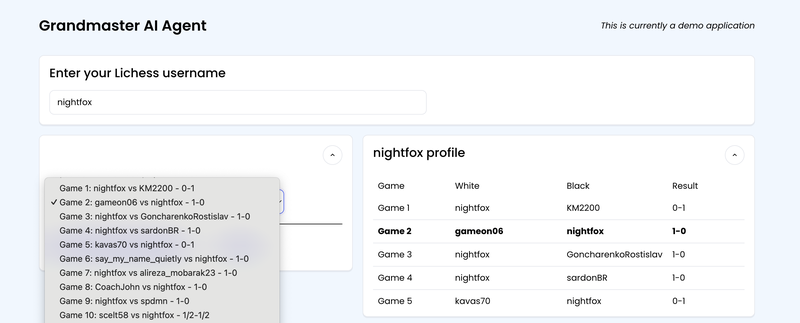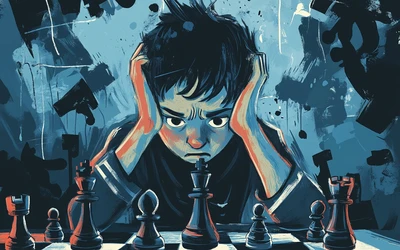
Painted by my mom
How to get better at chess
"Chess is the art of analysis" — BotvinnikI’ve noticed a frustrating pattern in my games. I’ll win three games in a row with clean, decisive play—only to lose the next three games just as quickly. The wins feel effortless, while the losses often come from overlooking basic tactics: a fork I didn’t see, a pin I underestimated, or a piece left hanging just a move too long. In bullet chess, these mistakes are especially punishing—once you’re down material, there’s rarely enough time to recover.
What’s interesting is that I’m rarely getting outplayed in a strategic sense. My losses aren’t due to being slowly outmaneuvered in the middlegame or endgame. Instead, they stem from lapses in calculation—failing to spot an opponent’s threat or missing a chance to strike back.
Over the years, I’ve experimented with different ways to analyze my games, especially after a tough loss. But I’ve learned that simply running an engine and skimming the evaluation bar doesn’t lead to any significant improvement. Engines are incredible at pointing out mistakes, but they don’t explain the why behind them. Without understanding the reasoning, the same errors keep recurring.
To fix this, I’ve developed a lightweight framework to identify and learn from the most critical moments in my games. Instead of drowning in engine lines, I focus on the few key moments that truly decided the outcome in a game. I call this the Critical Moment Framework.
Critical moment framework
Each critical moment is a position where the evaluation changed significantly due to a tactical error, strategic mistake, or missed opportunity. The below template can help frame our thought process for analysing moments quickly:
Critical moment template

Example critical moment
Let's apply this framework to the below position where Black has just played 10... b5

Move #: 10... b5? (blunder)
Evaluation shift: +0.91 to +2.64
Concept: Weakened pawn structure
Stronger Move: 10... Nxd2
Why this moment matters
White missed a chance to play 10. Ng5, but instead, they opted for 10. Nbd2, directly challenging the Knight on c4. This was a golden opportunity to simplify the position by capturing the Knight: 10... Nxd2 would have resolved the awkward placement of the c4 Knight while maintaining equality.
Instead, 10... b5? was played, attempting to support the Knight but fatally weakening Black’s pawn structure. After 11. Nxc4, Black was forced into either 11... bxc4 (doubled, isolated pawns) or 11... Bxc4 (leading to the same weak pawn structure after 12. Bxc4 bxc4). The evaluation swung from +0.91 (slightly better for White) to +2.64 (a decisive advantage).
Why 10... Nxd2 was better: It trades off the awkwardly placed Knight and maintains solid pawn structure. You've eliminated your weak piece, kept the material equal, and can proceed with development moves like Bg7 and O-O.
Principle
Development & Recapture Priority. Before making a supporting move like b5, look for forcing captures. Simplifying when ahead (or equal) reduces complexity and allows you to complete your development.
Applying this framework to your games
This framework is helpful for analysing games manually—but how can you do this consistently, and at scale?
That’s where the AI Chess Coach called Grandmaster AI Agent comes in. I’m building an app that automates the analysis of critical moments in your games. The idea is simple:
Enter your Lichess username and your game history loads
The app automatically pulls your game history ready for analysis

Understand your critical moments
The app detects four key critical moments, and a large language model (LLM) explains them from your perspective—delivering a short, personalized report with both written and spoken feedback. It’s not just eval bar talk—you’ll understand why moves mattered and what to do next time.

The vision
My vision is to improve your chess learning experience by automating the tedious parts of engine analysis while enhancing your understanding of the game.
Every game holds a lesson. By honing in on the moments where the balance tilts—from overlooked tactics to missed opportunities—you can turn setbacks into insights. The Critical Moment Framework is a methodology that transforms the way you learn from your mistakes. When you focus on these instants, chess becomes less about isolated moves and more about a continuous flow of strategic decisions.
The upcoming Grandmaster AI Agent makes diving deep into your game’s turning points automated through AI. Imagine receiving a concise yet powerful report that not only highlights where you faltered, but explains why each move mattered and how you can avoid similar pitfalls in the future. This isn’t just engine analysis—it’s personalised, narrative feedback tailored specifically to your playing style
I’m excited about the future where this blend of coaching insight and AI precision unlocks a new era of learning in chess.
If you want to follow the journey and get early access to the beta, please fill out this form. I welcome any feedback and feature requests! Please do reach out via DMs.
You may also like
 FM CheckRaiseMate
FM CheckRaiseMateThe Minimalist Chess Workout
What's the simplest thing that could possibly work? NM nightfox
NM nightfoxLevel up your Chess: Try the Grandmaster AI Agent beta!
I’m thrilled to welcome you to the Grandmaster AI Agent beta! This project is close to my heart as a… NM turkmenchess
NM turkmenchessBooks vs. Videos: The Battle for Your Chess Brain
These days, many people learn chess by watching videos. YouTube, Chess.com, Chessable, everywhere—so… NM nightfox
NM nightfoxI used to hate analyzing my games
I'd lose a tough blitz match, immediately flip on Stockfish, and stare at the evaluation bar—frustra… NM nightfox
NM nightfoxIntroducing Grandmaster AI Agent
Hello, Lichess community! I’m Anant—a passionate chess player and an experienced AI builder on a mis… FM CheckRaiseMate
FM CheckRaiseMate